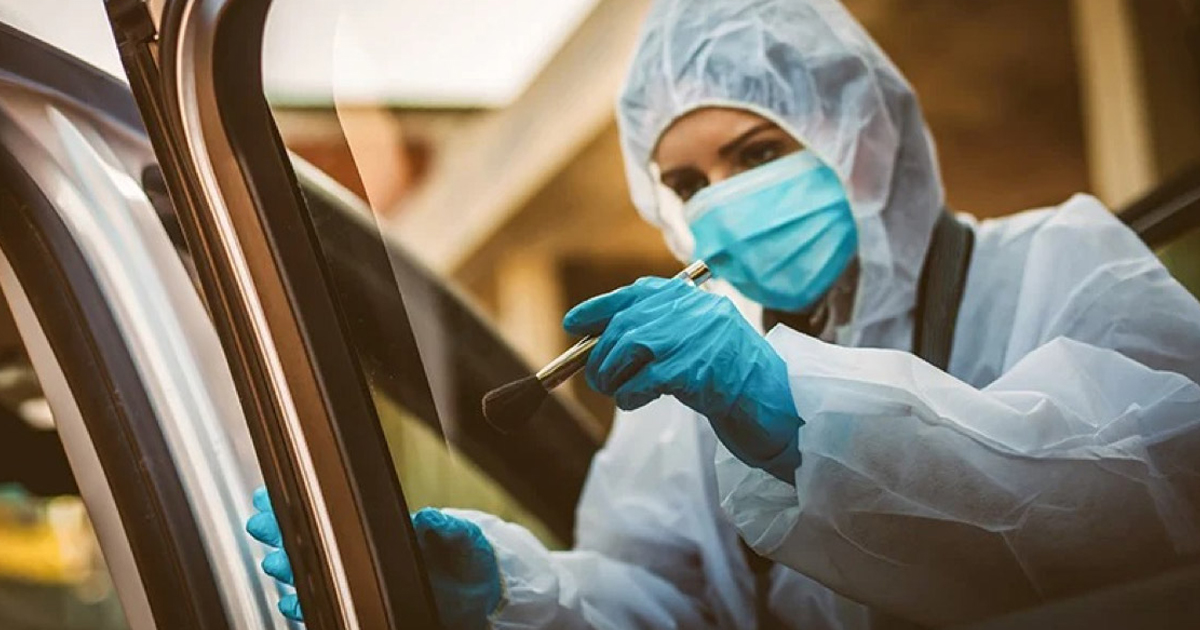SARs, H1N1, Ebola, COVID-19… The list goes on, as does the necessity of conducting crime scene investigations during the middle of them. When society shuts its doors and hunkers down to avoid spreading whatever the latest pandemic virus is, law enforcement must continue to find ways to remain operationally effective. This includes conducting criminal investigations.
Recent events have changed what is “normal” in day-to-day life, as they have changed the ways that investigators respond to crime scenes and scenes of reported deaths. Investigative personnel don PPE for what had previously been considered innocuous questioning of suspects or witnesses. Witnesses and suspects are not only separated for the protocol purposes of information and evidence integrity but also for the health and safety of all present at the scene. No longer are bodily fluids looked at as the only biohazard within a scene. Everything is considered a biohazard, and additional steps must be taken when collecting, packaging, and preserving evidence.
Departments and personnel need to prepare for community-health-related events and pandemics to be a new normal. This means developing training and maintaining operational and logistical proficiency and ability related to conducting day-to-day functions, including crime scene response and investigation. PPE needs to be stockpiled and available to personnel (and victims, suspects, and witnesses, when necessary). Budgets and duty schedules need to account for the possibilities and likelihood of these very real hazards and hurdles. Lives will depend on it.
An Introduction to Crime Scene Investigation, Fourth Edition is a comprehensive and accurate overview of the practical application of forensic science in crime scene investigation. Focusing on the day-to-day aspects, this full-color text describes the methodologies and technologies employed by crime scene personnel and pushes the reader to identify the interrelated components of the investigative process.
The Fourth Edition covers components not typically found in many crime scene texts, including ethical considerations and public misconceptions of the investigative process—the so-called “CSI Effect.” Extensive discussion of physical evidence examination and analysis is provided, including the forensic potential of physical evidence, crime scene procedures, and what evidence should be documented, collected, and preserved. Real-life examples of over 325 detailed, full-color photos and figures enhance comprehension and demonstrate specific strategies for technique application
